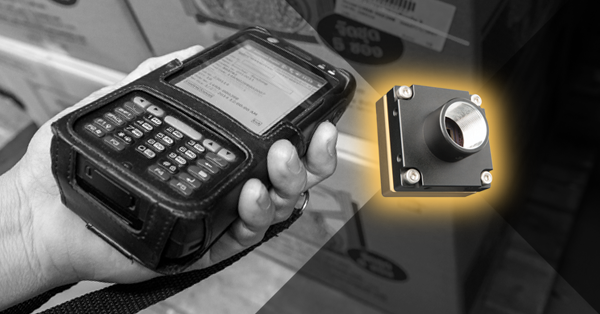What is the occasional clicking sound made by the Tau2 camera? What is FFC?
There is a shutter between the camera sensor and the lens. This shutter is used to perform a flat-field correction, or FFC. During FFC, the shutter presents a uniform temperature source to each detector element in the array. While imaging the flat-field source, the camera updates the offset correction coefficients, resulting in a more uniform image after the process is complete.
The FFC process takes about one-half second for Tau2 cameras that employ an internal shutter. While the shutter is in the field of view of the sensor, the image just prior to the shutter moving is frozen and displayed until the FFC process finishes and the shutter moves out of the field of view of the sensor. A faint 'click' may be heard when the shutter moves in front of the sensor.
When power is applied to a Tau2 camera, two mandatory shutter events occur: one within 2 seconds of startup; the other within 6 seconds after the first shutter. Tau2 cameras are normally configured at the factory to automatically FFC at a specified interval following the initial two shutter events. The FFC interval is based on time and camera temperature. Except for the initial two shutter events, the FFC interval parameters can be modified by the user via the GUI or by serial command to the camera. The default values have been determined to maximize the video output quality and minimize the number of shutter events the camera performs – FLIR does not recommend that users modify the FFC time or temperature interval. An FFC can be performed on command by the user, regardless of whether the FFC is in the automatic mode or not. For more information on operating in Manual mode, please refer to the following FAQ entry: "How should I use the Long or Short FFC when operating my Tau2/Quark2 in manual mode?"
All Tau2 cameras, have an option, via the GUI or by serial command to the camera, to allow the user to perform an FFC through the lens, using a uniform source or background. The shutter is disabled when an external FFC is performed. An external FFC can help to reduce the effects of non-uniformities and image artifacts that may be inherent in the lens.
The design of Quark does not allow for a shutter. An FFC must be performed using an external reference source. In applications where the camera is moving, or there is continuous scene motion, a "scene-based non-uniformity correction" or SBN algorithm can effectively be used to produce a uniform image.
Legacy Photon cameras used a shutter scheme similar to that of the Tau2.


